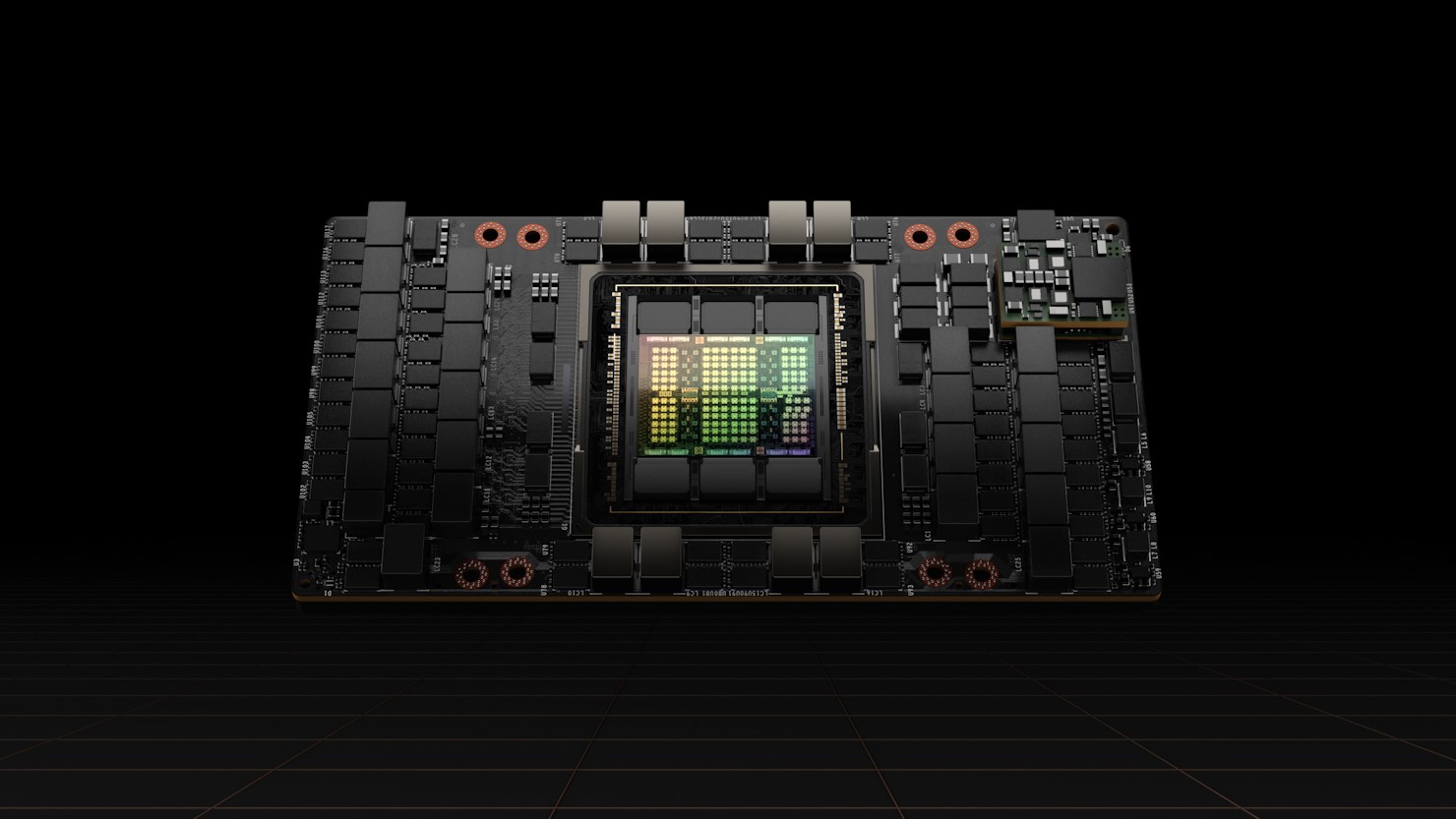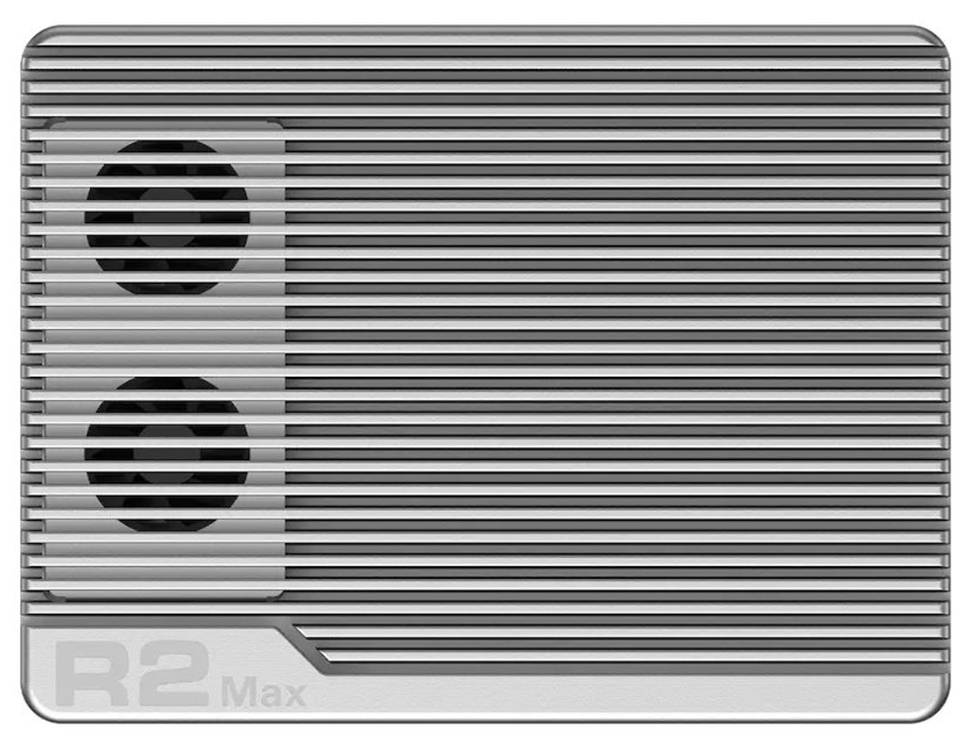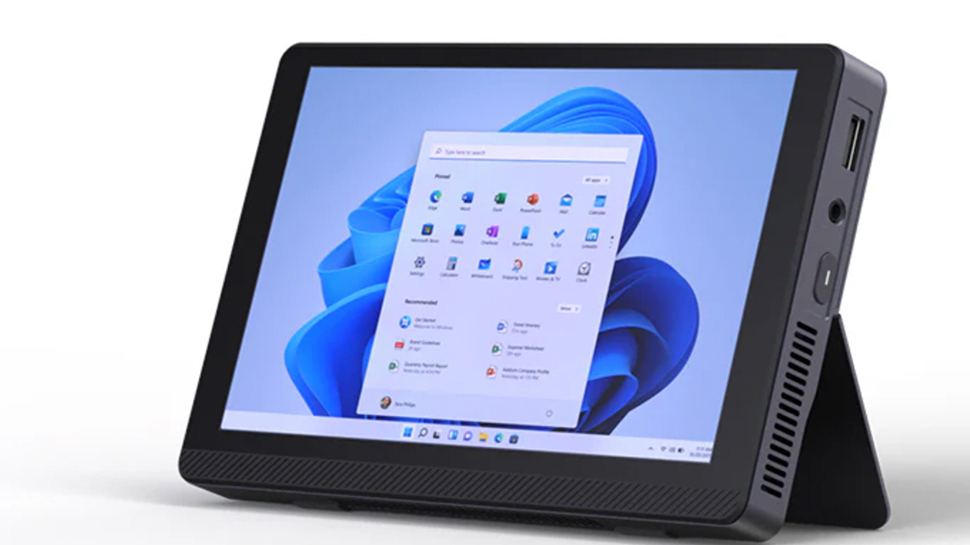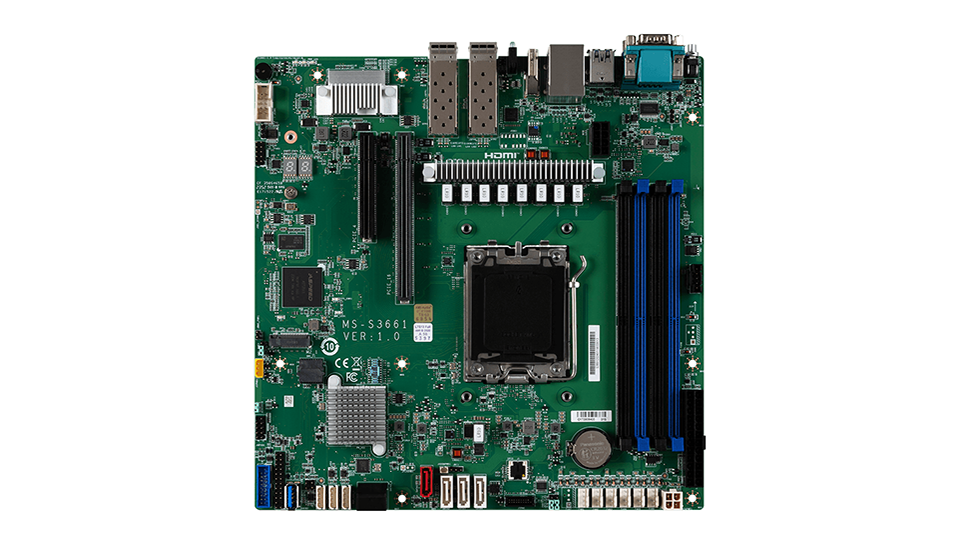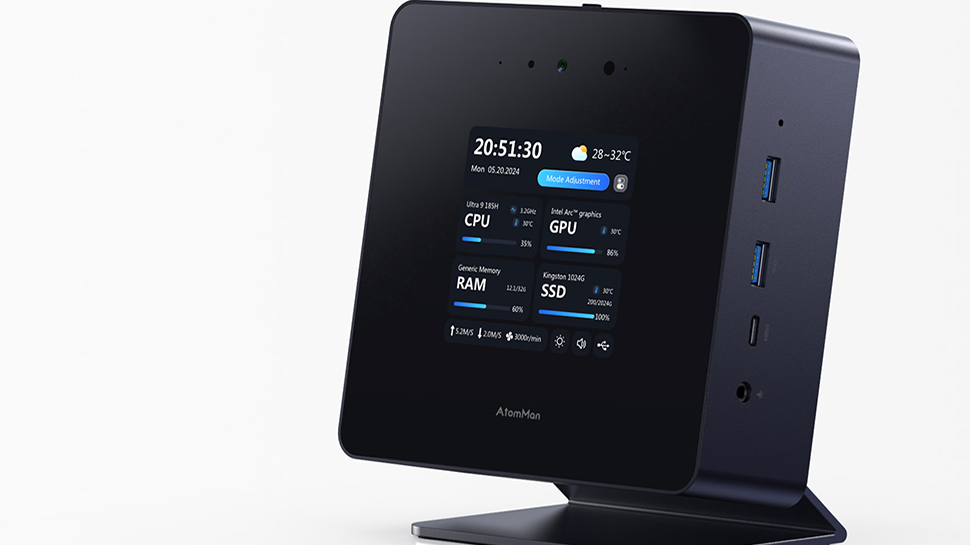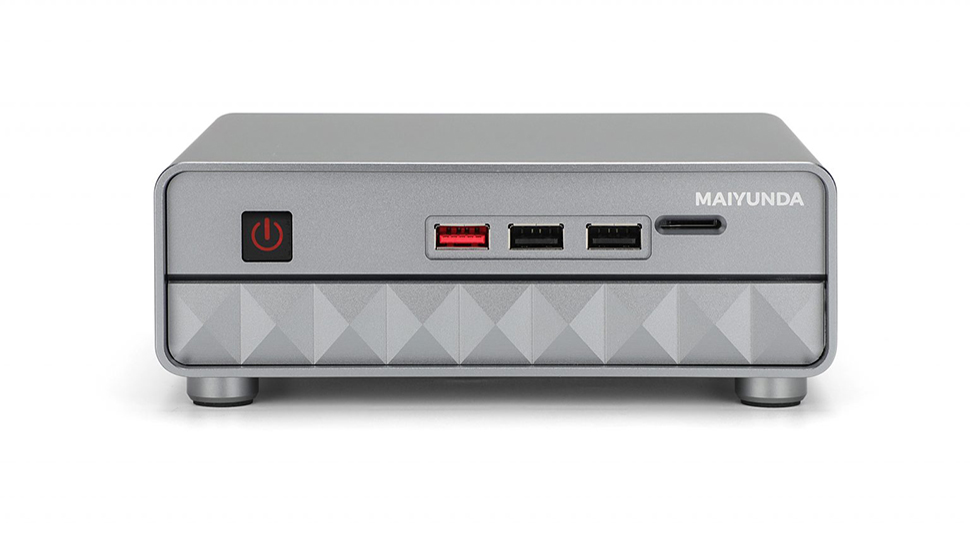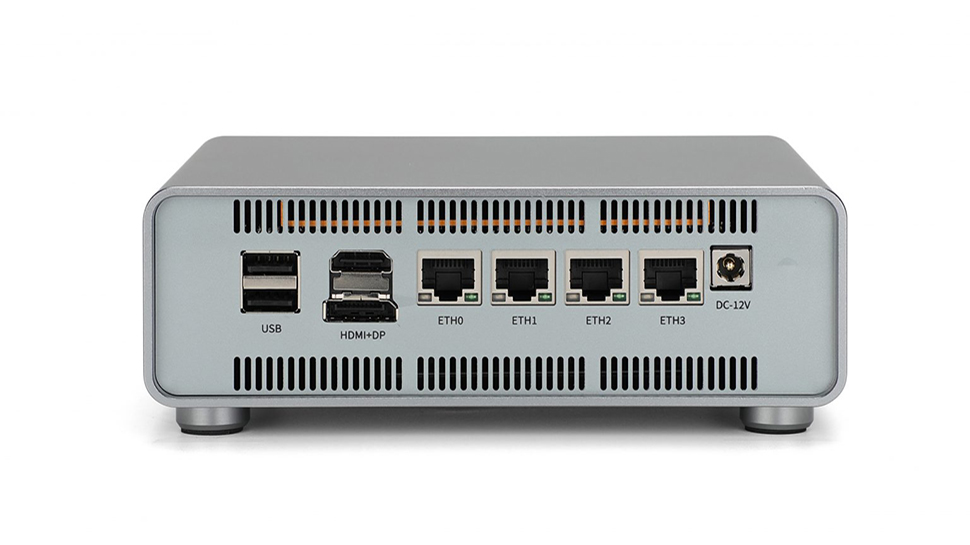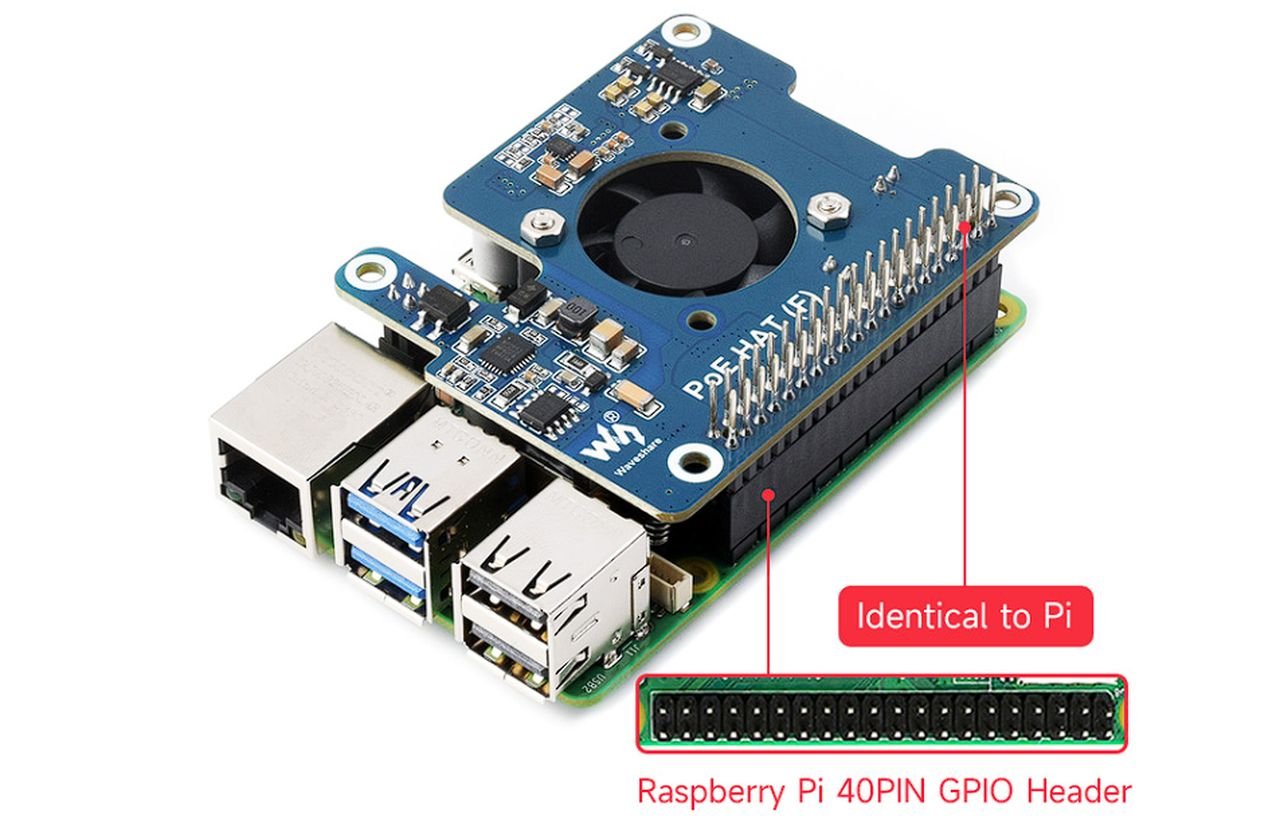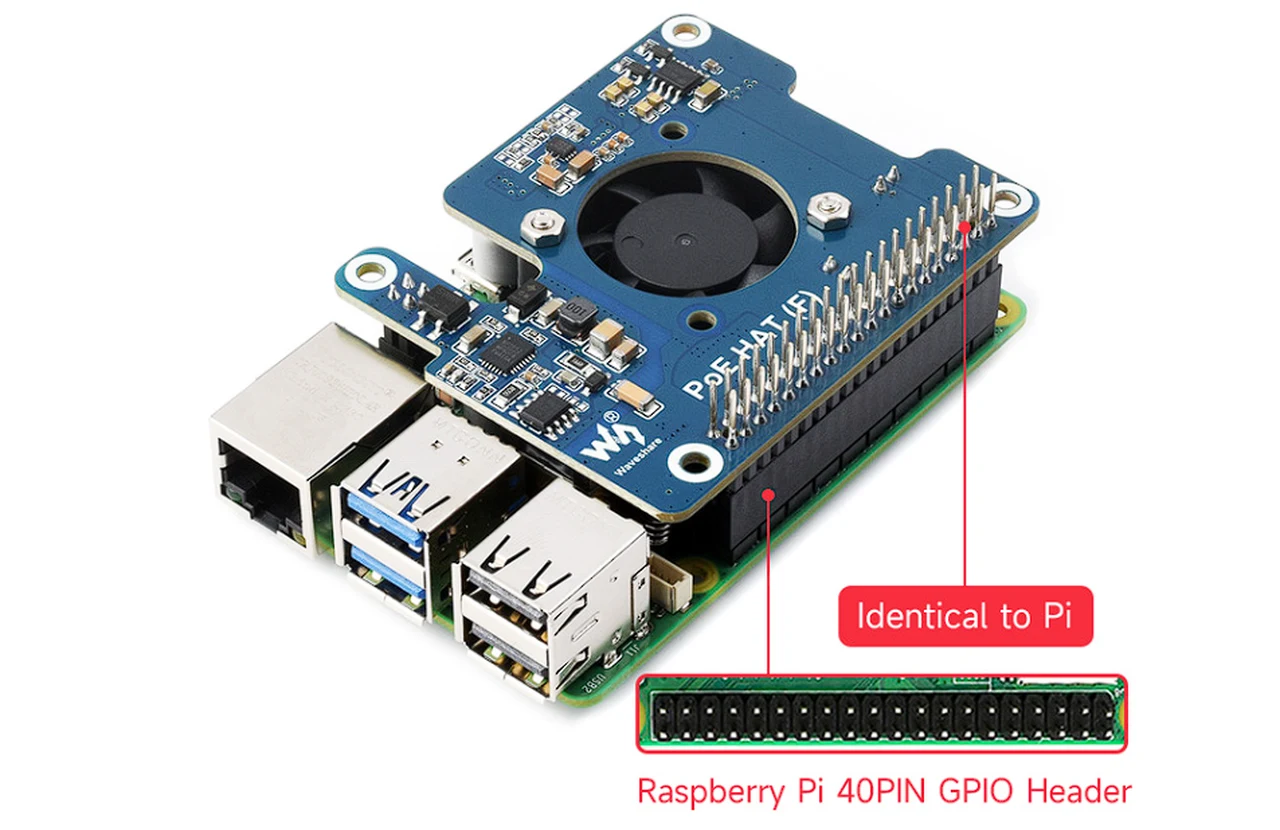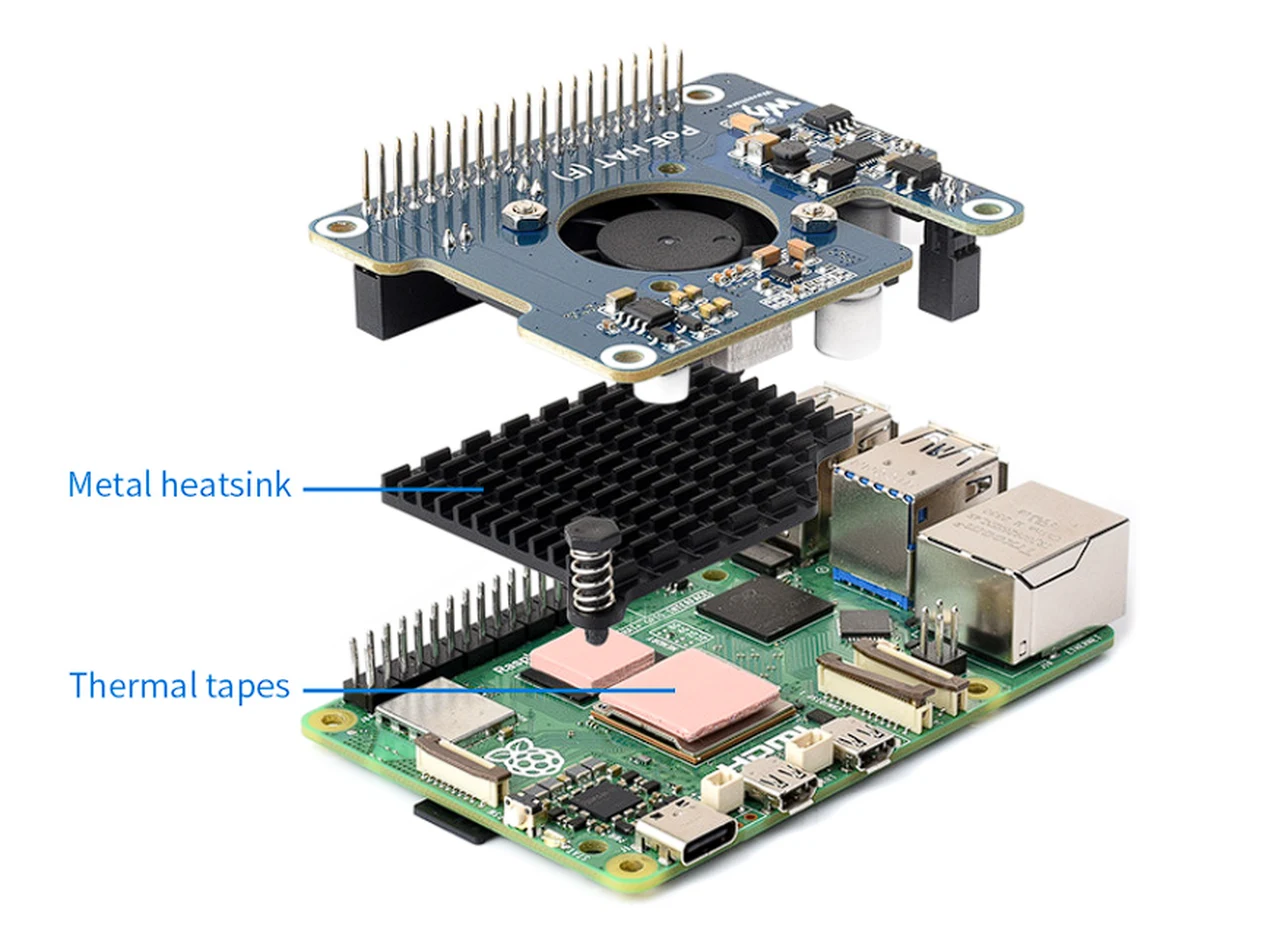[ad_1]
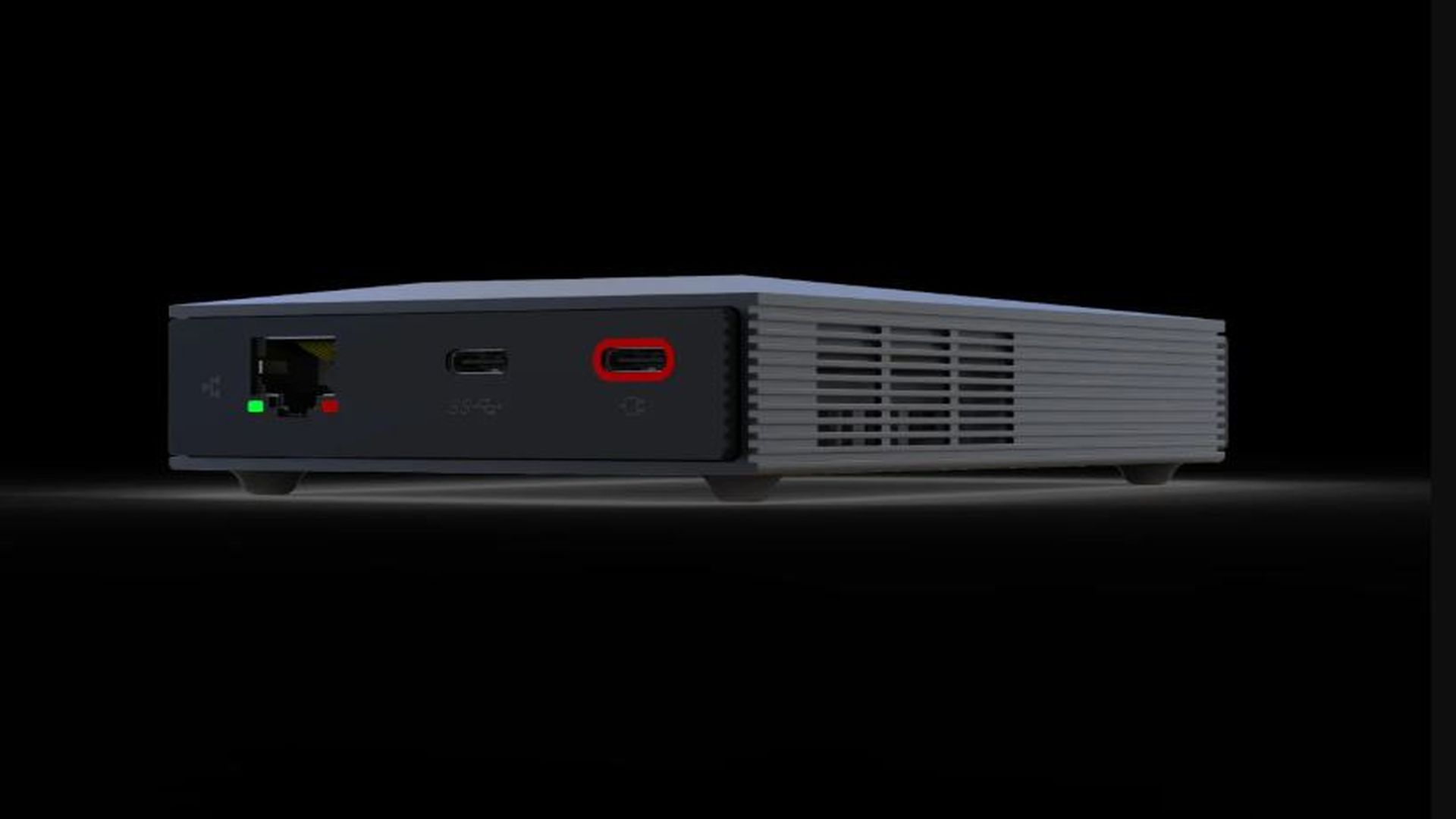
- Lenovo ha presentado un modelo de 3,5 pulgadas de un “dispositivo de almacenamiento impulsado por IA”, que podría ser un SSD portátil, un NAS o algo nuevo.
- No es un anuncio de producto, sino una prueba de concepto.
- Pero un anillo rojo en uno de los puertos puede indicar que será un producto ThinkStorage.
lenovo presentó un nuevo concepto de dispositivo en CES llamado Almacenamiento de inteligencia artificialque podría ser el primer NAS (almacenamiento conectado a red) impulsado por IA de la compañía.
El prototipo claro presenta un diseño simple que ahorra espacio con rejillas de ventilación en el lado derecho para refrigeración activa o pasiva.
El modelo de 3,5 pulgadas puede ser más que un modelo tradicional genteya que también puede servir como SSD portátil o tener un propósito completamente nuevo, difuminando las líneas entre el almacenamiento y la integración de la IA.
¿Un futuro más inteligente para el almacenamiento?
La imagen conceptual muestra que este dispositivo admitirá un puerto Ethernet RJ45 estándar acompañado de LED de estado duales. Estos pueden indicar una conexión activa o quizás una asociación con la marca ThinkStorage de Lenovo.
El puerto USB-C visible debería permitir transferencias de datos de alta velocidad a través de protocolos USB 3.2 o Thunderbolt. También hay otro puerto USB-C marcado con un anillo rojo distintivo, presumiblemente para alimentación.
Es importante señalar que un buen número de dispositivos conceptuales nunca llegan al mercado. Queda por ver si este dispositivo evolucionará hasta convertirse en un NAS completo o si servirá como una solución de almacenamiento más versátil.
También te puede gustar
[ad_2]
Source Article Link



